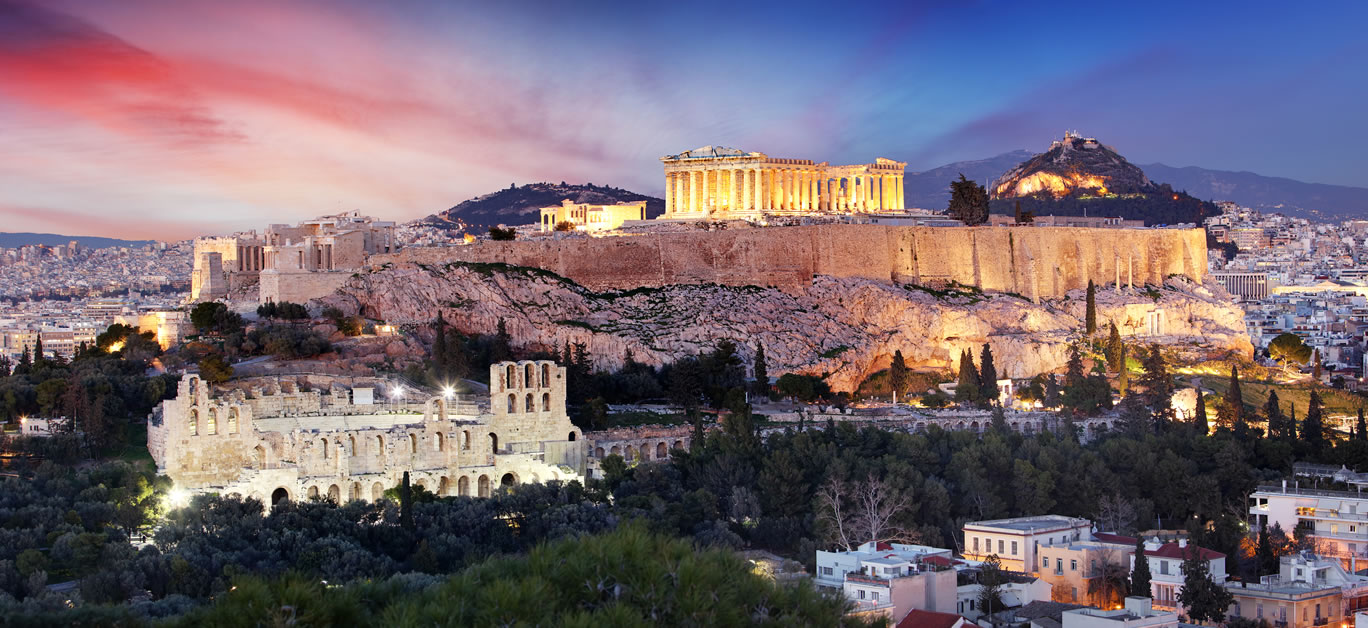One of the most picturesque areas in the world, The Mediterranean offers the perfect blend of beautiful beaches, glorious cities, bountiful history, exciting cultural treasures, incredible food and so much more.
The particular charm of the Mediterranean lies in the mix of the new with the ancient and the culture with leisure and promises a well-rounded trip whatever your interests. If you’re looking for some superb spots to visit during your next European adventure, we’ve narrowed down five of our favourite Mediterranean destinations that encompass everything you need for an indulgent and inimitable stay.
Greece
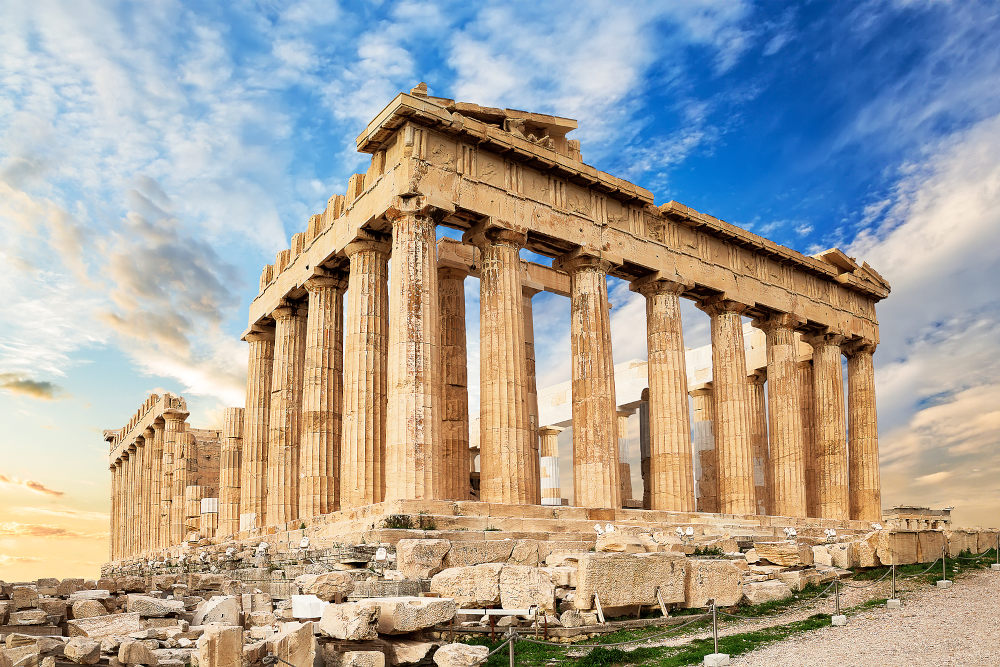
Home to nearly 20 UNESCO World Heritage sites, Greece is filled with ancient landmarks that’ll leave you mesmerised whether you’re a history lover or not. You can find accommodation at one of the many Greek island villas offering sea views, luxuriant gardens, and elegant interiors. Depending on the location you choose, you’ll also get to dine on meals prepared by private chefs and enjoy tennis courts, pools and extensive grounds for walking. Some villas are located in restored historic fortresses, which will make you feel like you’ve been transported to another era.
Athens is one of the best places to visit in the Mediterranean to explore ancient ruins. As the heart of Ancient Greece, you can explore the old ruins of the Parthenon and the old temples, such as those dedicated to Athenas and Zeus. The Panathenaic Stadium, built of white marble, and the Roman ruins of Hadrian’s Library are also some of the must-see sights to add to your itinerary.
The Greek cuisine and local coffee culture must be experienced as well. Some of the staple foods are fish and seafood, cheese, olive oil, olives, yoghurt, honey and fruits. Greek coffee is traditionally served black, with a glass of cold water nearby, and you can also have some cookies on the side.
Sicily
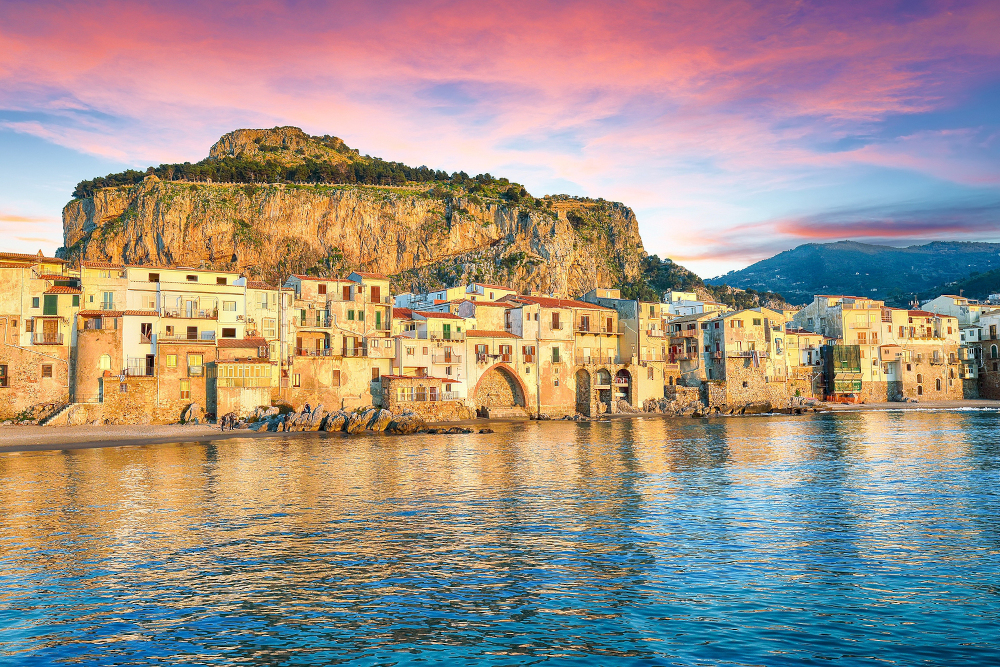
As the largest island in the Mediterranean, just off the ‘toe’ of Italy’s ‘boot’, Sicily is a particularly beautiful destination, with a large and extensive history. The eastern edges are home to Mount Etna, one of the world’s highest active volcanoes. The coastline is also magnificently beautiful, and you’ll feel like you never want to leave the beaches.
The only challenge with Sicily is deciding which landmarks to visit first, as the region is so charming. The valley of Temples at Agrigento, dating back to 500 BCE, includes one of the most well-preserved Doric temples in the world.
Palermo is one of the most beautiful cities you can visit not just in Sicily, but in the entire of Italy. It is a veritable hub of culture, where you can visit cultural landmarks and experience the traditional cuisine of the region.
One of the most noteworthy buildings in Palermo is the opera, Teatro Massimo, the largest of its kind in Italy and one of the largest in Europe. Visiting this building provides a unique cultural experience as you’ll not only enjoy an artistic show, but you’ll also have the chance to look at the building itself and admire its splendour. Many buildings also invite visitors to the roof, where you can have a panoramic view of the city underneath.
Of course, you can’t stay in Sicily without trying the food, and pasta alla Norma, using aubergine, tomato sauce, ricotta and basil, is one of the most iconic dishes in the region. Blood oranges, granitas, arancini, and maccu – a soup made from fava beans and fennel – are among the most common staples. And while there are many formal restaurants you can visit, trying the dishes cooked by street vendors will get you closer to the culinary soul of Sicily.
Puglia
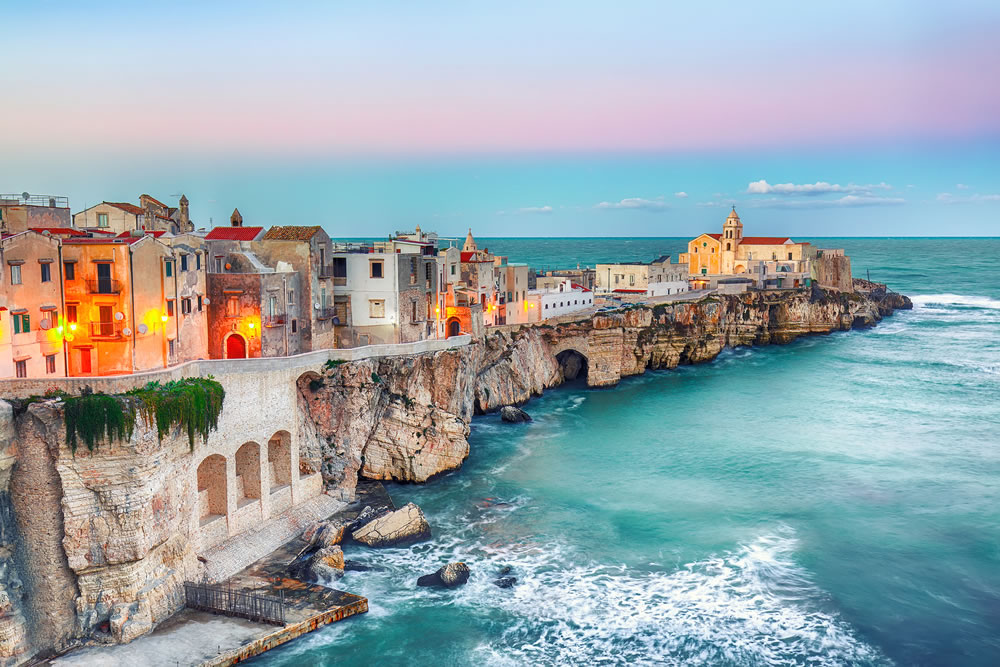
Puglia is one of Italy’s best kept secrets. The region is absolutely stunning, and vacationing here will make you feel like you’ve been transported directly into a dream. Both the urban and the natural landscapes are absolutely breath-taking, and you’ll have a lot of exploring to do in order to uncover all of Puglia’s beauty.
While the beaches are one of the most obvious choices, don’t miss out on the chance of visiting the Grotte di Castellana and the attached speleological museum. It is the longest cave network in all of Italy and, with three kilometres worth of incredible sites to explore, is one of the most spectacular views Italy has to offer.
The Tremiti Archipelago is home to a wide variety of marine life. Among the many beaches and cliffs is Ripa dei Falconi, a breeding ground for rare falcons. The pristine water and wild beaches will convince you to enjoy a day of sailing, snorkelling and diving. The Alta Murgia National Park offers a mix of nature, history and archaeology, the fauna and flora are beautiful year-round, and you can visit the dry-stone buildings shepherds use to protect their flocks.
Corsica
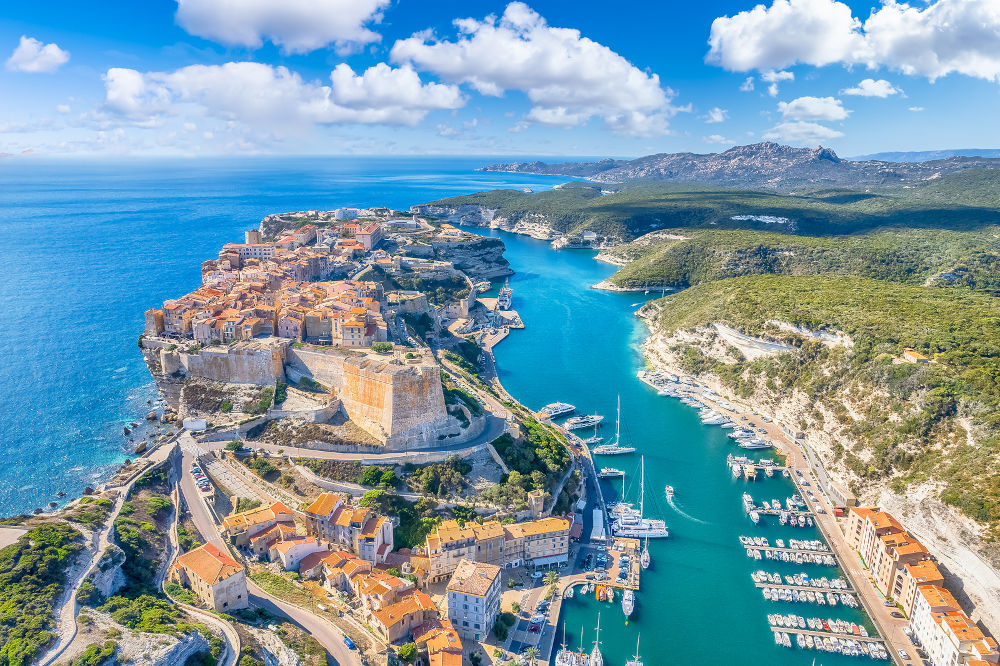
A territorial collective of France, Corsica is a mountainous island that offers a wide array of charming coastal towns, rugged hills and dense forests. There are ancient buildings at every corner, many of the streets maintain their traditional, cobbled appearance, while the entertainment options are second-to-none due to the thriving music and arts scene.
If you enjoy hiking, Corsica has many regions of pristine wilderness that you can enjoy. The Regional National Park extends to two thirds of the island and is home to many rare species that are unique to the isle. Designated footpaths take you through the area, so you can explore as much of it as possible. The island is home to prehistoric sites that you can visit, and don’t forget to try the regional produce which includes honey, ewes’ milk cheese, clementines and chestnuts.
The Tuscan Archipelago
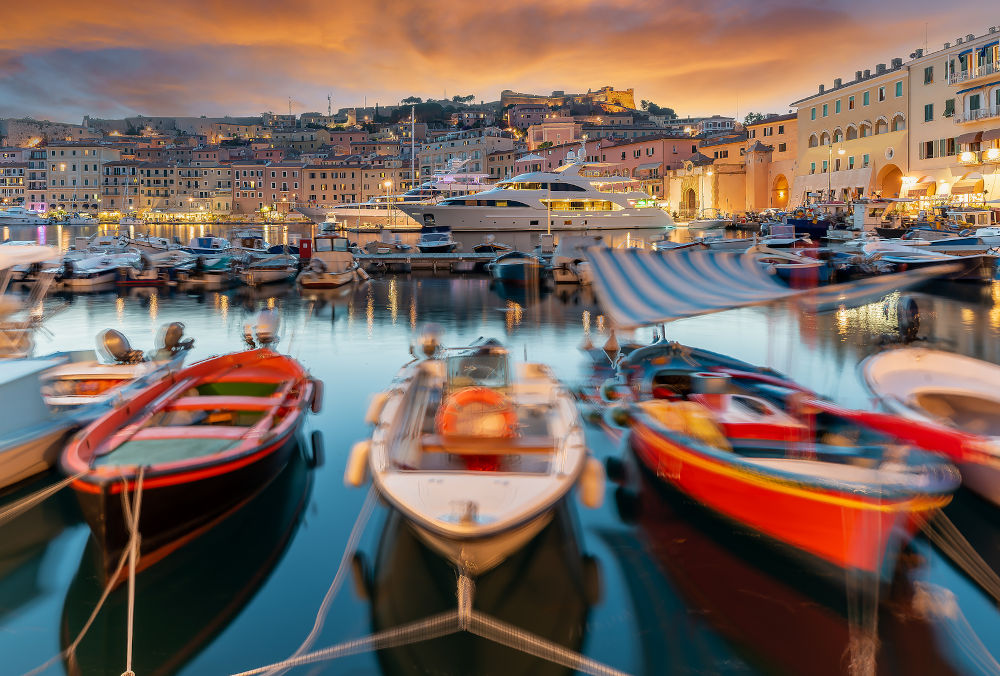
The Tuscan Archipelago is nothing short of a tourist paradise, offering clear waters to swim and snorkel, endless spans of beaches and some of the nicest weather conditions in the world. The half-moon island of Giannutri, the southernmost in the archipelago, offers a view of nature largely unaltered by human intervention, while Elba, the largest and also the third biggest Italian island has natural beauty much to offer.
Gorgona, the smallest of the islands, only 200 hectares wide, is well-known for hosting a penitentiary, meaning that it can only be visited as part of guided tours. And Montecristo, a nature reserve since 1971, allows only roughly 1,000 people per year to visit in a bid to protect the area’s rich biodiversity.
If you’re planning to have a special, unforgettable trip, there’s no better place to visit than the Mediterranean.












